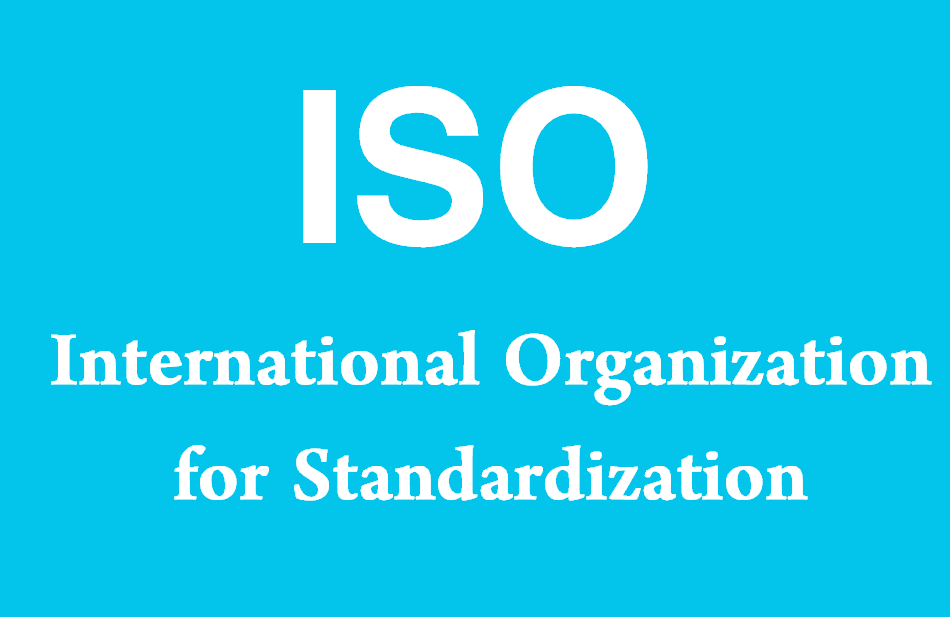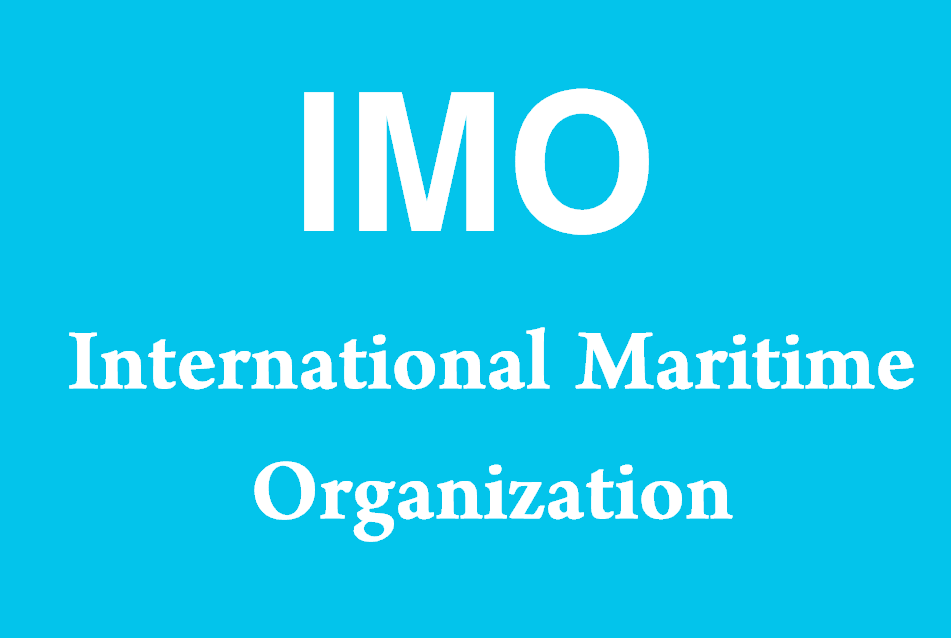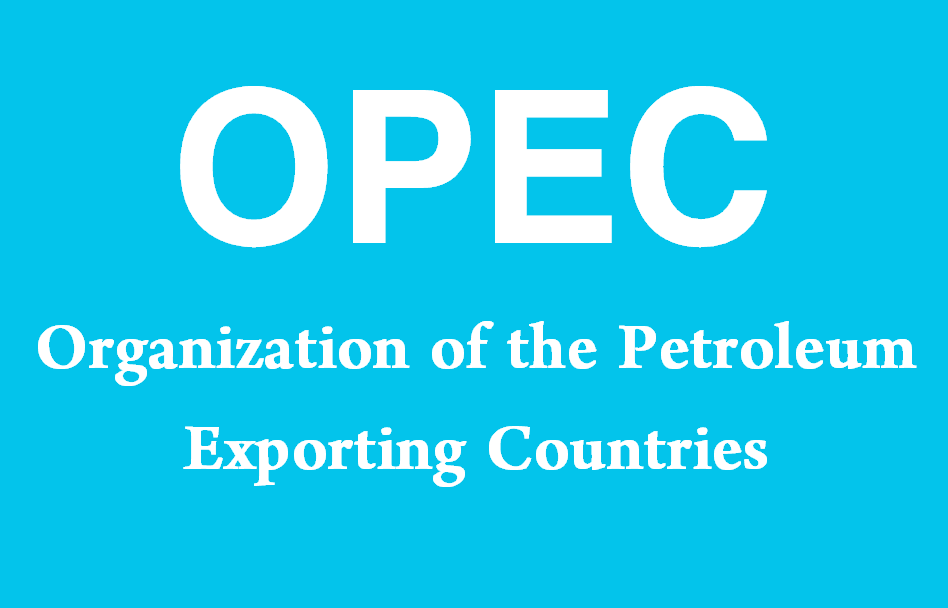What Does ISO Stand For?
ISO stands for the International Organization for Standardization. It is a global organization that develops and publishes international standards to ensure quality, safety, efficiency, and interoperability across various industries and sectors worldwide. Despite the acronym “ISO” being derived from the Greek word “isos,” meaning equal, it is not an acronym for its full name in any of the organization’s official languages. ISO standards cover a wide range of topics, including quality management, environmental management, information security, and social responsibility. The organization’s mission is to facilitate international trade and cooperation by providing common standards that promote innovation, sustainability, and continuous improvement in products, services, and processes.

Comprehensive Explanation of International Organization for Standardization (ISO)
Introduction to ISO
Definition and Purpose
The International Organization for Standardization (ISO) is an independent, non-governmental organization that develops and publishes international standards for products, services, processes, and systems. Founded in 1947, ISO aims to facilitate international trade, improve quality, safety, and efficiency, and foster innovation and interoperability across various industries and sectors worldwide.
Origin of the Name
Contrary to popular belief, the acronym “ISO” is not an abbreviation for the organization’s full name in any of its official languages. Instead, it is derived from the Greek word “isos,” meaning equal, which reflects the organization’s goal of promoting equality and consensus in the development of international standards. The choice of “ISO” as the organization’s short name also ensures consistency across different languages and avoids favoritism towards any particular language.
History of ISO
Founding and Early Years
ISO traces its roots back to the aftermath of World War II when the need for international cooperation and standardization became increasingly apparent. In 1946, delegates from 25 countries gathered in London to establish a new international organization focused on standardization. The following year, on February 23, 1947, the International Organization for Standardization (ISO) was officially founded in Geneva, Switzerland, with the primary objective of promoting the development and implementation of international standards to facilitate trade and economic growth.
Growth and Expansion
Over the decades, ISO has experienced significant growth and expansion, both in terms of membership and scope of activities. Today, ISO is composed of 165 member countries, each represented by a national standards body responsible for developing and adopting international standards in collaboration with other member countries. ISO’s standards portfolio covers a wide range of fields, including manufacturing, technology, healthcare, agriculture, transportation, and energy, among others.
ISO Standards Development Process
Consensus-Based Approach
ISO follows a consensus-based approach to standards development, which involves active participation and collaboration from stakeholders representing various interests, including industry, government, academia, consumer groups, and non-governmental organizations (NGOs). The process begins with the identification of a need for a new standard or the revision of an existing standard, followed by the establishment of a technical committee or subcommittee responsible for developing the standard.
Drafting and Review
Once a technical committee is formed, experts from member countries collaborate to draft the standard, taking into account input and feedback from stakeholders. Draft versions of the standard are circulated for review and comment, allowing interested parties to provide input and suggest revisions. The goal is to reach a consensus among stakeholders and address any concerns or objections raised during the review process.
Approval and Publication
After multiple rounds of drafting, review, and revision, the final draft of the standard is submitted to the ISO member countries for approval. Once approved by a two-thirds majority of the member countries, the standard is published and made available to the public. ISO standards are typically reviewed and updated periodically to ensure relevance, accuracy, and effectiveness in addressing evolving needs and challenges.
ISO Management Systems Standards
Quality Management (ISO 9000)
ISO 9000 is a series of standards developed by ISO that specify requirements for quality management systems (QMS). The ISO 9000 family of standards provides guidelines and principles for organizations to ensure consistent quality in products and services, enhance customer satisfaction, and achieve continuous improvement. ISO 9001:2015, the most widely recognized standard in the ISO 9000 series, sets out the criteria for QMS certification and is used by organizations of all sizes and industries worldwide.
Environmental Management (ISO 14000)
ISO 14000 is a series of standards developed by ISO that address various aspects of environmental management. The ISO 14000 family of standards provides frameworks and tools for organizations to identify, assess, and manage environmental impacts, comply with regulatory requirements, and promote sustainability. ISO 14001:2015, the flagship standard in the ISO 14000 series, specifies requirements for an environmental management system (EMS) and is widely used by organizations seeking to reduce their environmental footprint and improve resource efficiency.
Information Security Management (ISO 27000)
ISO 27000 is a series of standards developed by ISO that focus on information security management. The ISO 27000 family of standards provides guidelines and best practices for organizations to protect sensitive information, manage cybersecurity risks, and ensure the confidentiality, integrity, and availability of information assets. ISO/IEC 27001:2013, the core standard in the ISO 27000 series, sets out the requirements for an information security management system (ISMS) and is used by organizations to demonstrate their commitment to information security and comply with regulatory requirements.
Occupational Health and Safety Management (ISO 45000)
ISO 45000 is a series of standards developed by ISO that address occupational health and safety (OH&S) management. The ISO 45000 family of standards provides a framework for organizations to identify, assess, and control occupational health and safety risks, prevent work-related injuries and illnesses, and promote a safe and healthy work environment. ISO 45001:2018, the leading standard in the ISO 45000 series, specifies requirements for an occupational health and safety management system (OH&S MS) and is used by organizations to improve workplace safety performance and comply with legal and regulatory requirements.
Benefits of ISO Standards
Facilitating International Trade
ISO standards play a crucial role in facilitating international trade by harmonizing technical specifications and regulatory requirements across borders. By providing common standards that are recognized and accepted worldwide, ISO standards reduce barriers to trade, promote interoperability and compatibility of products and services, and facilitate market access for businesses operating in global markets.
Enhancing Quality and Safety
ISO standards help organizations improve the quality and safety of their products, services, and processes by providing internationally recognized guidelines and best practices. By implementing ISO standards, organizations can enhance customer satisfaction, increase product reliability and consistency, reduce defects and errors, and minimize risks to health, safety, and the environment.
Promoting Innovation and Efficiency
ISO standards promote innovation and efficiency by providing frameworks and tools for organizations to streamline processes, optimize resources, and adopt best practices. By aligning with ISO standards, organizations can improve productivity, reduce waste and inefficiency, and foster a culture of continuous improvement and innovation.
Supporting Sustainability and Corporate Responsibility
ISO standards support sustainability and corporate responsibility initiatives by promoting environmental stewardship, social accountability, and ethical business practices. By adhering to ISO standards, organizations can reduce their environmental footprint, conserve resources, minimize adverse impacts on communities and ecosystems, and demonstrate their commitment to sustainable development and corporate citizenship.
Building Trust and Confidence
ISO certification provides organizations with a globally recognized mark of quality, reliability, and credibility, helping to build trust and confidence among customers, partners, regulators, and other stakeholders in their products, services, and processes. By obtaining ISO certification, organizations signal their commitment to meeting international standards of excellence and conformity, thereby enhancing their reputation and competitiveness in the marketplace.
ISO Certification Process
Preparing for Certification
The ISO certification process typically begins with an organization expressing its intention to seek certification for a specific ISO standard, such as ISO 9001 for quality management or ISO 14001 for environmental management. The organization then conducts an initial assessment of its current practices and processes to identify gaps and areas for improvement in relation to the requirements of the chosen standard.
Implementing the Standard
Once the organization has identified areas for improvement, it develops and implements a management system that aligns with the requirements of the chosen ISO standard. This may involve establishing policies, procedures, and controls to address key areas such as quality, environmental performance, information security, or occupational health and safety, depending on the chosen standard.
Training and Awareness
During the implementation phase, organizations provide training and awareness programs to ensure that employees understand their roles and responsibilities in implementing the standard and complying with its requirements. Training may include sessions on relevant concepts, practices, and tools related to the chosen standard, as well as instructions on how to use specific methodologies or techniques for compliance.
Internal Audit
After the management system has been implemented, the organization conducts an internal audit to assess its effectiveness and identify any non-conformities or areas for improvement. Internal audits are typically conducted by trained auditors who are independent of the areas being audited and have the necessary skills and knowledge to evaluate compliance with the chosen standard.
Certification Audit
Once the organization has addressed any non-conformities identified during the internal audit, it undergoes a certification audit conducted by an accredited certification body. The certification audit involves a thorough review of the organization’s management system to verify compliance with the requirements of the chosen ISO standard. If the organization demonstrates compliance, it receives ISO certification, which is valid for a specified period, typically three years.
Surveillance Audits
After obtaining ISO certification, the organization undergoes regular surveillance audits conducted by the certification body to ensure ongoing compliance with the standard. Surveillance audits may be scheduled annually or semi-annually, depending on the requirements of the certification body. During surveillance audits, the organization’s management system is reviewed to verify continued adherence to the standard and identify any changes or improvements needed.
Re-certification
At the end of the certification period, the organization undergoes a re-certification audit to renew its ISO certification. Re-certification audits follow a similar process to initial certification audits and involve a comprehensive review of the organization’s management system to ensure continued compliance with the standard. If the organization meets the requirements, its ISO certification is renewed for another term, and the cycle of surveillance audits continues.
Notes to Importers
Importance of ISO Certification
ISO certification can provide importers with a competitive advantage in the global marketplace by demonstrating their commitment to quality, safety, and environmental responsibility. Importers that are certified to ISO standards may find it easier to attract customers, win contracts, and access new markets, as ISO certification is often viewed as a prerequisite for doing business with reputable organizations.
Supplier Evaluation and Selection
When sourcing products from overseas suppliers, importers should consider the ISO certification status of their potential suppliers as part of the evaluation and selection process. Suppliers that are certified to ISO standards are more likely to have robust quality management systems in place, leading to greater consistency, reliability, and traceability in the products they deliver.
Risk Management and Compliance
ISO certification can help importers mitigate risks associated with product quality, safety, and regulatory compliance. By partnering with ISO-certified suppliers, importers can reduce the likelihood of product defects, recalls, and non-compliance issues, which can have significant financial and reputational implications.
Continuous Improvement
ISO certification is not a one-time achievement but rather a commitment to continuous improvement and excellence. Importers should work closely with their suppliers to identify opportunities for enhancing quality, efficiency, and sustainability throughout the supply chain. By fostering a culture of continuous improvement, importers can drive innovation, reduce costs, and enhance customer satisfaction.
Collaboration and Communication
Effective communication and collaboration are essential for successful ISO certification and supply chain management. Importers should maintain open lines of communication with their suppliers, share information about ISO requirements and expectations, and collaborate on initiatives to improve quality, safety, and environmental performance. By working together as partners, importers and suppliers can achieve mutual success and drive positive outcomes for all stakeholders.
Sample Sentences with “ISO” and Their Meanings
- The supplier’s products are ISO-certified, ensuring compliance with international standards for quality and safety.
- Meaning: The products supplied by the vendor have been certified by the International Organization for Standardization (ISO), indicating adherence to globally recognized standards for quality and safety.
- Our company is in the process of obtaining ISO certification for our quality management system to enhance customer satisfaction and improve operational efficiency.
- Meaning: We are currently undergoing the process of achieving certification from the International Organization for Standardization (ISO) for our quality management system, with the goal of enhancing customer satisfaction and optimizing our operational processes.
- ISO standards provide a framework for organizations to achieve excellence in various areas, including quality management, environmental stewardship, and information security.
- Meaning: The standards developed by the International Organization for Standardization (ISO) offer guidelines and frameworks that enable organizations to excel in diverse areas such as quality management, environmental sustainability, and information security.
- As part of our commitment to quality, our production facilities are ISO 9001-certified, ensuring that our products meet the highest standards of consistency and reliability.
- Meaning: In line with our dedication to maintaining high standards of quality, our manufacturing facilities have obtained ISO 9001 certification, affirming our commitment to delivering products of consistent and reliable quality.
- We prioritize working with suppliers who hold ISO certifications, as it demonstrates their commitment to excellence and aligns with our quality assurance objectives.
- Meaning: We give preference to suppliers who have been awarded ISO certifications, as it signifies their dedication to upholding standards of excellence that resonate with our own quality assurance goals and objectives.
Other Meanings of “ISO”
| Acronym | Full Form | Meaning |
|---|---|---|
| ISO | In Search Of | An acronym commonly used in personal advertisements or classifieds to indicate searching for something, such as a job or a romantic partner. |
| ISO | International Standards Organization | An earlier name for the International Organization for Standardization (ISO), which was used prior to the adoption of the current name in 1947. |
| ISO | Isolation | A term used to describe the process of separating or setting apart something from its surroundings or context. |
| ISO | Isomerism | A chemical concept referring to the phenomenon in which compounds with the same molecular formula have different structural arrangements or spatial orientations. |
| ISO | Isotope | A variant of a chemical element that has the same number of protons but a different number of neutrons in its nucleus. |
| ISO | Isotropic | A property of a material or substance that exhibits uniform physical properties in all directions. |
| ISO | International Student Organization | An organization or association formed by and for international students to promote cultural exchange, networking, and support. |
| ISO | International Sign Language | A standardized system of gestures and symbols used by deaf and hearing-impaired individuals for communication across different languages and cultures. |
| ISO | International Space Station | A space station jointly operated by multiple space agencies, including NASA, Roscosmos, ESA, JAXA, and CSA, for scientific research and exploration in space. |
| ISO | International Sugar Organization | An intergovernmental organization that aims to promote stable and balanced international sugar markets and ensure fair trade practices in the sugar industry. |
| ISO | International Swaps and Derivatives Association | A trade association representing participants in the over-the-counter derivatives markets, advocating for sound practices and regulatory reform. |
| ISO | International Standard Atmosphere | A model representing the standard distribution of atmospheric properties such as temperature, pressure, density, and viscosity with altitude. |
| ISO | International Symphony Orchestra | A symphony orchestra composed of musicians from different countries, often assembled for special performances or international tours. |
| ISO | International Significance | A term used to describe something that has global importance or relevance beyond national or regional boundaries. |
| ISO | International Sports Organization | An organization governing or promoting international sports events, competitions, or activities, such as the International Olympic Committee (IOC). |
| ISO | Integrated Strategic Offensive | A military strategy involving coordinated offensive actions across multiple domains or theaters of operation. |
| ISO | Initial Sign-On | A process or procedure for logging into a computer system, network, or application for the first time. |
| ISO | Insurance Services Office | An organization that provides statistical, actuarial, and underwriting information and services to the insurance industry. |
| ISO | Infrared Space Observatory | A space telescope operated by the European Space Agency (ESA) for observing celestial objects and phenomena in the infrared spectrum. |
| ISO | International Scout Organization | An international movement aimed at promoting scouting principles and values among young people worldwide. |






